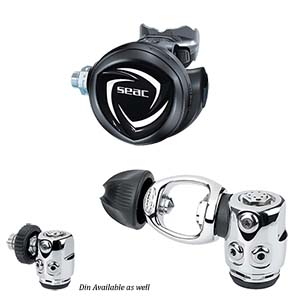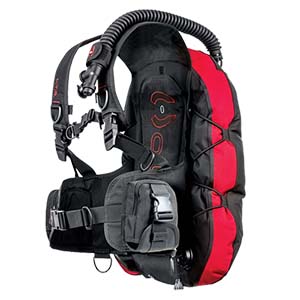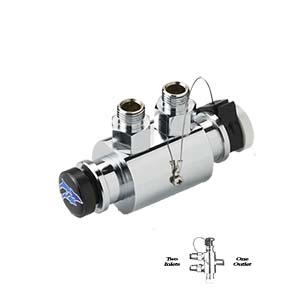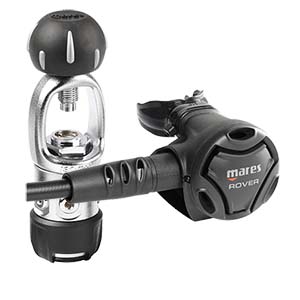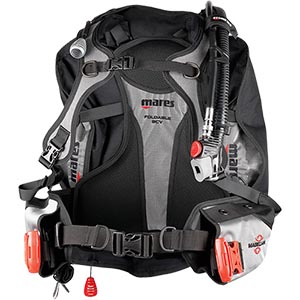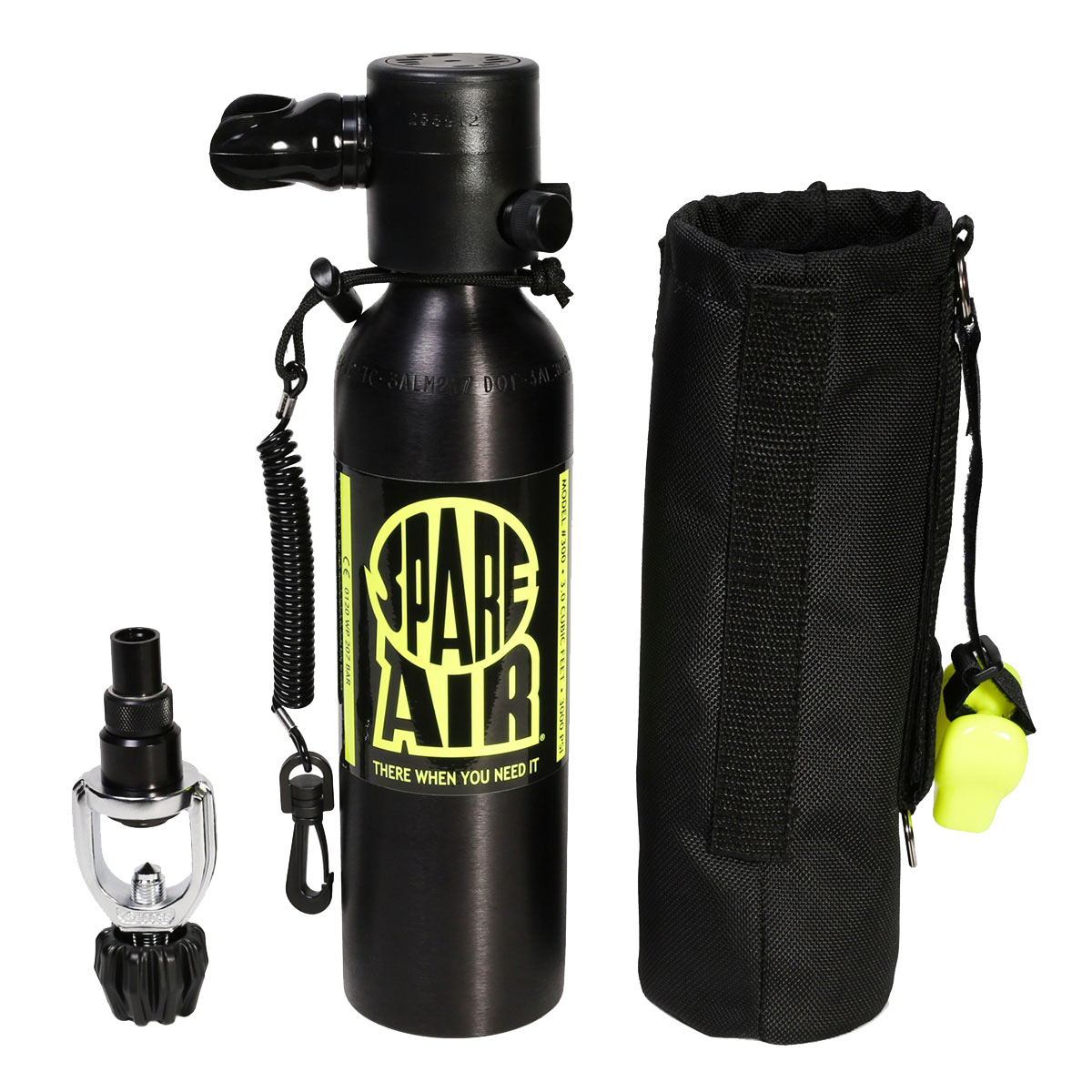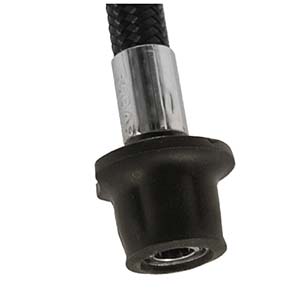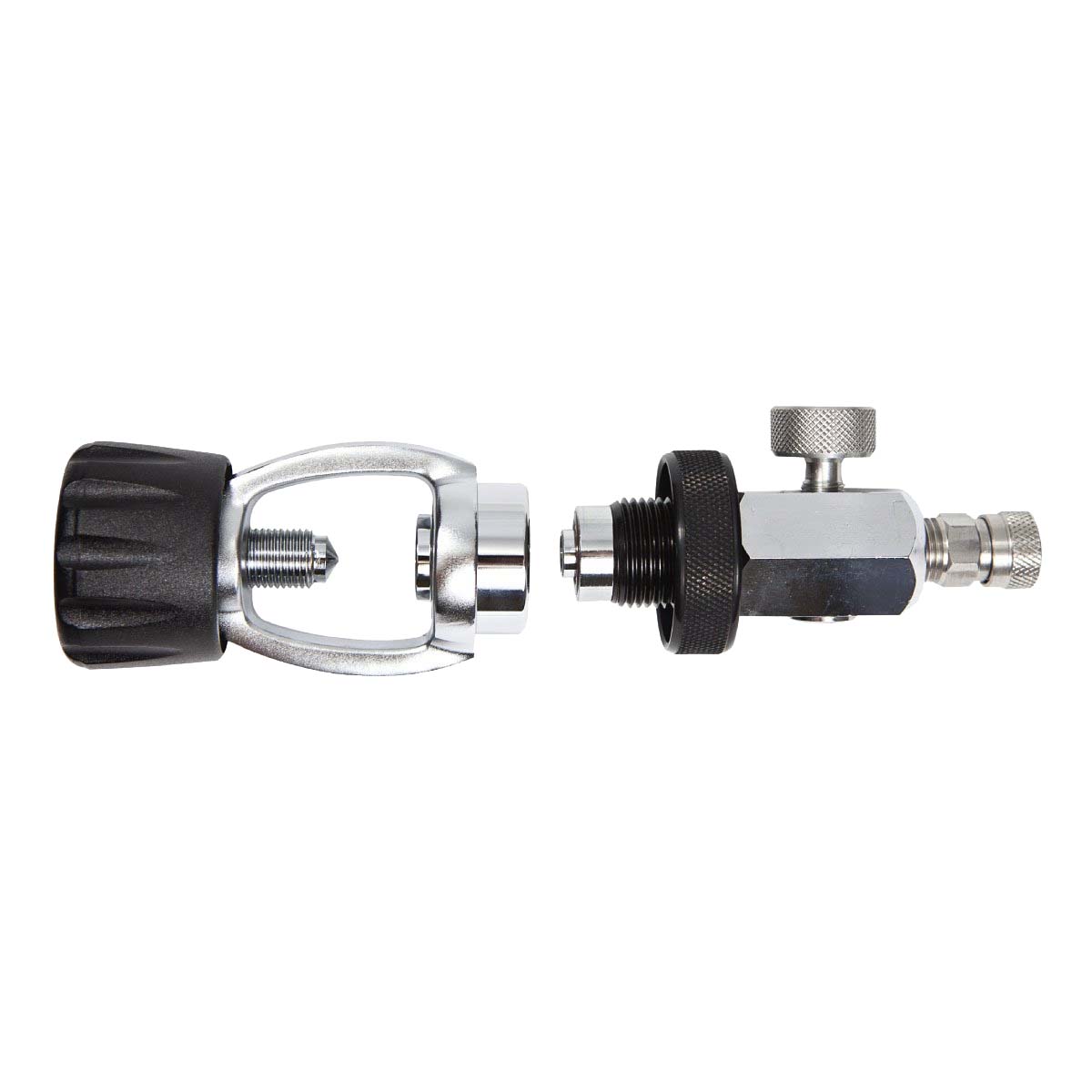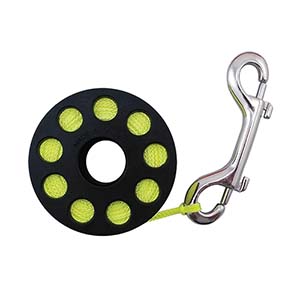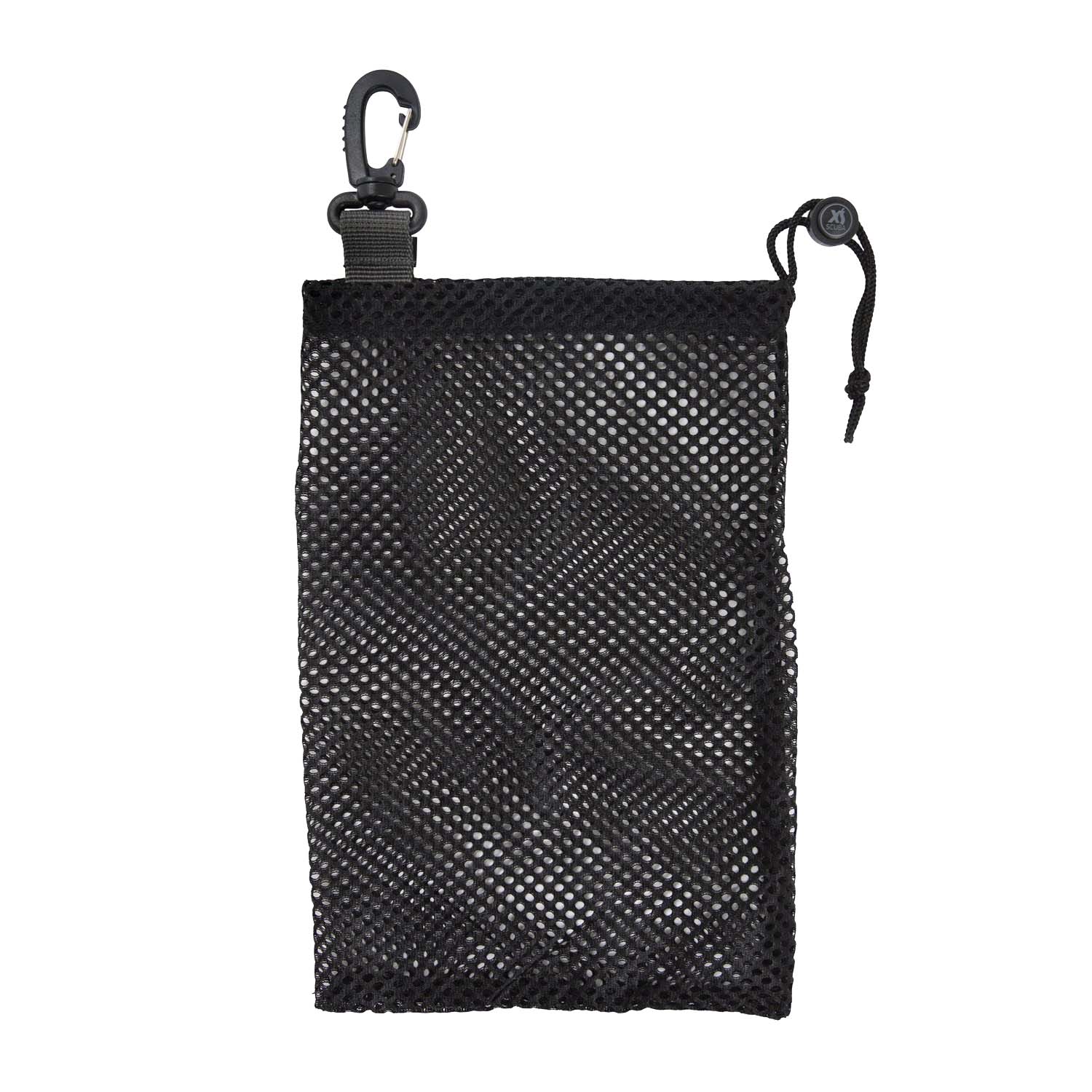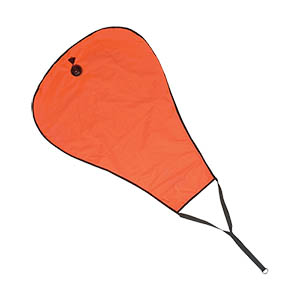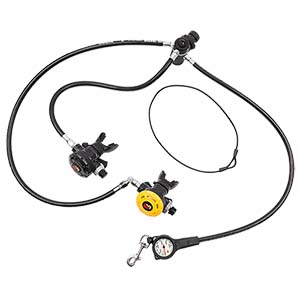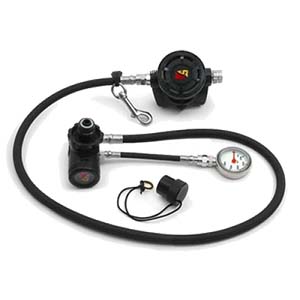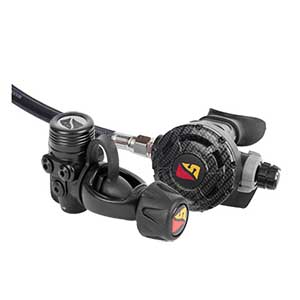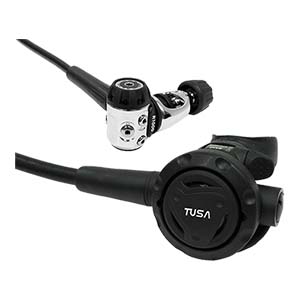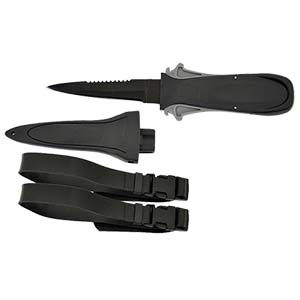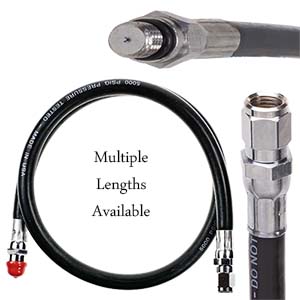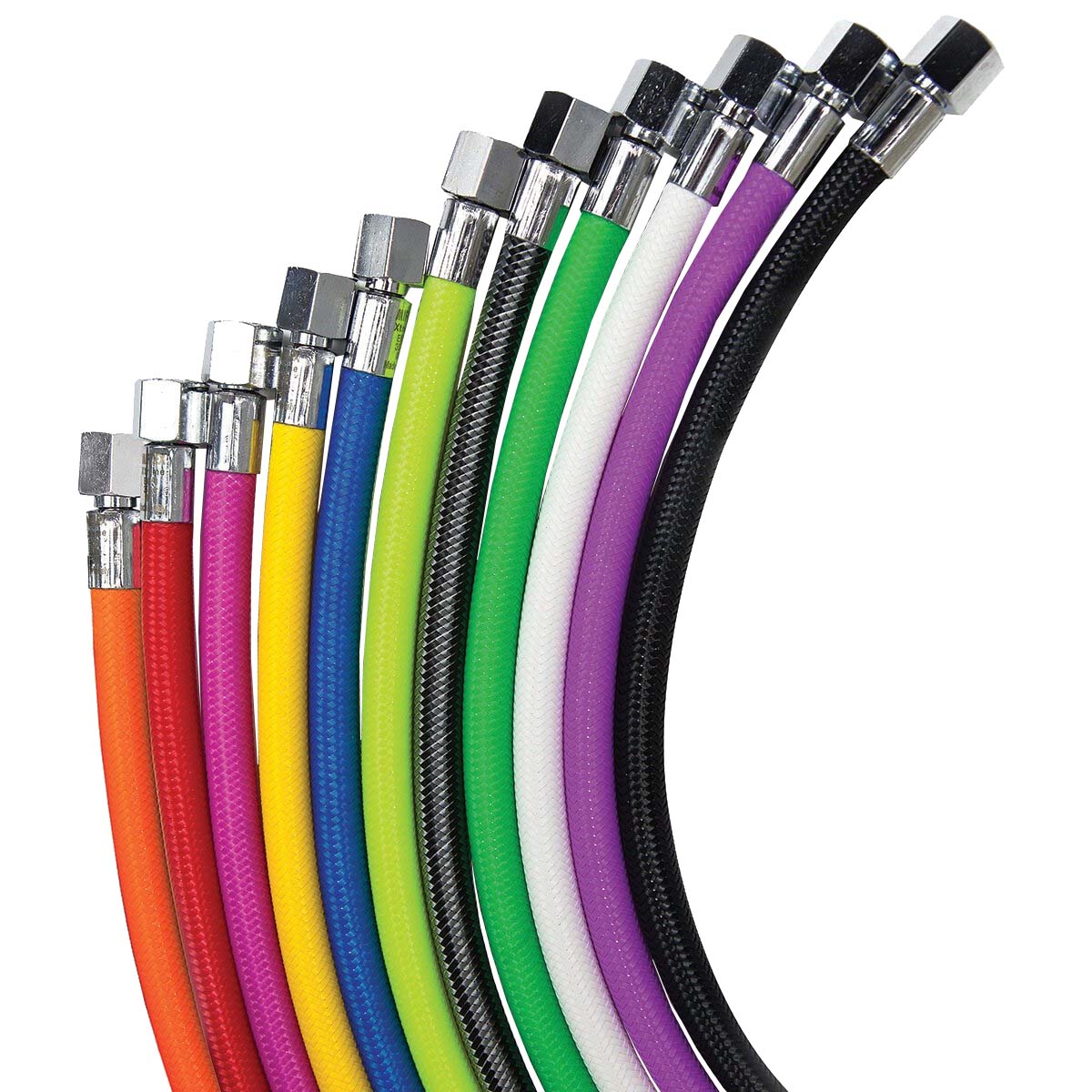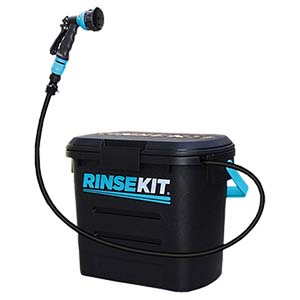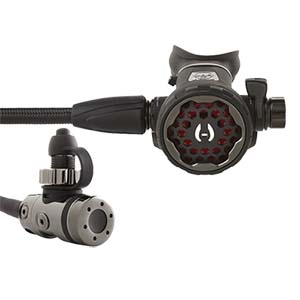Buoyancy
Archimedes Principle
Some objects, when placed in water, float, while others sink, and still others neither float nor sink. This is a function of buoyancy. We call objects that float, positively buoyant. Objects that sink are called negatively buoyant. We refer to object that neither float nor sink as neutrally buoyant.The idea of buoyancy was summed up by Archimedes, a Greek mathematician, in what is known as Archimedes Principle: Any object, wholly or partly immersed in a fluid, is buoyed up by a force equal to the weight of the fluid displaced by the object.
From this principle, we can see that whether an object floats or sinks, is based on not only its weight, but also the amount of water it displaces. That is why a very heavy ocean liner can float. It displaces a large amount of water.
Archimedes principle works for any fluid, but as divers we are mainly concerned with two different fluids: fresh water, and salt water. We need to think of fresh water and salt water as two different fluids because equal volumes of fresh water and salt water do not weigh the same. For example, a cubic foot of fresh water weighs approximately 62.4 lbs, while a cubic foot of salt water weighs approximately 64 lbs. The extra weight is because of the dissolved minerals in salt water.
Let's take a moment and look at an object in water and Archimedes Principle. If you place a 1 cubic foot object that weighs 63 lbs into fresh water, the object is displacing 62.4 lbs of water, but weighs 63 lbs. This object will be negatively buoyant - it will sink. It is however being buoyed up with a force of 62.4 lbs, so if we weighed it in the water it would only weigh .6 lbs.
If we put the same object into salt water, it would still weigh 63 lbs, but would be buoyed up by a force of 64 lbs, and it would float. It would be positively buoyant in salt water. To make the object neutrally buoyant in salt water, we would have to add 1 lb of weight to the object without changing its size (without changing is displacement). Then it would weigh 64 lbs, and be buoyed up with a force of 64 lbs, thus being neutrally buoyant.
Let's expand on this and look at an example of putting these ideas to work in a real situation. Suppose you know that a boat had lost an anchor weighing 100 lbs. Measuring a comparable anchor, we find out that the anchor displaces 1/2 cubic feet of water. We will also assume that the anchor was lost in a fresh water lake. You do a dive and find the anchor and want to bring it to the surface but the only resource you have available are some 1 gallon milk jugs. How many would you need to tie on to the anchor to float it to the surface?
At this point we need to do a little simple math. We know that a cubic foot of fresh water weighs 62.4 lbs, so the anchor displacing 1/2 a cubic foot of water would be buoyed up with a force of 31.2 lbs. Let's round this to 31 lbs for simplicity. This means our anchor that weighs 100 lbs on land will weigh 100-31 or 69 lbs in the water. We now know we need enough 1 gallon milk jugs to generate 69 lbs of lift.
Perhaps you remember the old expression "A pint a pound the world around." This refers to the fact that a pint of water weighs about a pound. Since there are 8 pints in a gallon, we know a gallon of water must weigh about 8 lbs. Since we know a cubic foot of water weighs 62.4 lbs, this means there are about 8 gallons of water in a cubic foot. Let's put it together and solve our anchor problem.
If we need 69 pounds of lift, we divide 69 by 8 lbs per gallon to learn we need 8.625 gallons of water displacement to make the anchor neutrally buoyant. This means, we could fill 9-one gallon milk jugs with air to lift our anchor.
Let's try another. A 3 cubic foot object weighing 400 lbs is dropped into the ocean. How big of an air lift bag (in cubic feet) would you need to lift the object?
First we determine that a 3 cubic foot object in salt water would have 3x64 lbs of lift, or 192 lbs of buoyant force. If we subtract 192 from 400 we get 208 lbs. This means we need to generate 208 lbs of lift to make our object neutrally buoyant. We then divide 208 (the objects in water weight) by 64 (the weight of a cubic foot of sea water) to get 3.25 cubic feet of displacement is needed to make the object neutrally buoyant. Thus, we would need at least a 3.25 cubic foot air lift bag.
Serving all of Dallas, Ft. Worth, Carrollton, Plano, Allen, The Colony, Frisco, Highland Park, Little Elm, Euless, Bedford, Grand Prairie, Farmers Branch, and the rest of the North Texas area... as well as World Wide!

